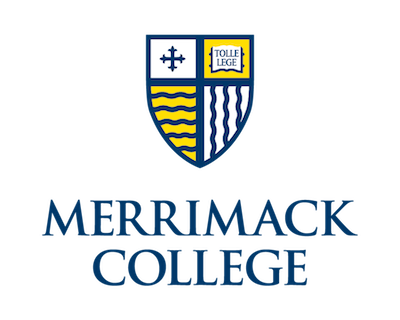Below is a summary of the abstract you submitted. Presenting author(s) is shown in bold.
If any changes need to be made, you can modify the abstract or change the authors.
You can also download a .docx version of this abstract.
If there are any problems, please email Dan at dar78@pitt.edu and he'll take care of them!
This abstract was last modified on May 2, 2019 at 2:55 p.m..

MinionDave, Piper2020, and Cornucopia are three Mycobacterium smegmatis bacteriophages of the Siphoviridae morphology found in the F1 cluster. In Spring 2019, students at Merrimack College annotated the genome of MinionDave, which was isolated from Cathedral Caverns State park near the Mystic River in Alabama by a student at Jacksonville State University in 2013. Two other F1 cluster phage, Cornucopia and Piper2020, were isolated, characterized and annotated at Merrimack College. A comparative analysis of the genomes of MinionDave (58027 bp), Piper2020 (57703 bp) and Cornucopia (55422 bp) was performed. MinionDave is homologous with both Piper2020 and Cornucopia in the first half of the genome beginning at approximately 7000 bp, while Piper2020 and Cornucopia are homologous throughout this region. Divergence in genome structure at the 5’ end is consistent with a previous analysis of the F1 cluster (Hatfull, et al.J Mol Biol. 2010 Mar 19; 397(1): 119–143.). Further investigation shows that the first 8 genes of MinionDave are found in a subset of bacteriophage in the F1 cluster such as CaptainTrips, MilleniumForce, and KristaRAM. MinionDave and Cornucopia have Y integrase genes belonging to Pham45734, whereas Piper2020 contains a Y integrase in Pham44984. These are the only two integrases present in the F1 cluster, although they are represented in a subset of other clusters as well (Pope et al. 2011. PLoS ONE 6(10): e26750. doi:10.1371/journal.pone.0026750.). We have observed that Piper2020 generates clear plaques and Cornucopia generates cloudy plaques consistent with lysogeny. Therefore we predict that MinionDave would also be a temperate phage based on the similarity of its integrase to Cornucopia. BLAST comparison showed MinionDave and Cornucopia’s integrases were 91% similar. All three phage have different DNA methylase genes belonging to four different Phams. Piper2020 has two long DNA methylase genes (1518 bp and 2520 bp, respectively) but Cornucopia and MinionDave each have only one medium sized DNA methylase (951 bp and 1302 bp, respectively). In addition, MinionDave and Cornucopia have 105 genes, but while their genomes are roughly the same size they differ by about 3000 base pairs in length. Based on the comparisons of Cornucopia, Piper2020, and MinionDave a more in depth understanding can be reached regarding the function of F1 clusters and their relationship to Mycobacterium smegmatis.

